Architecture Festival
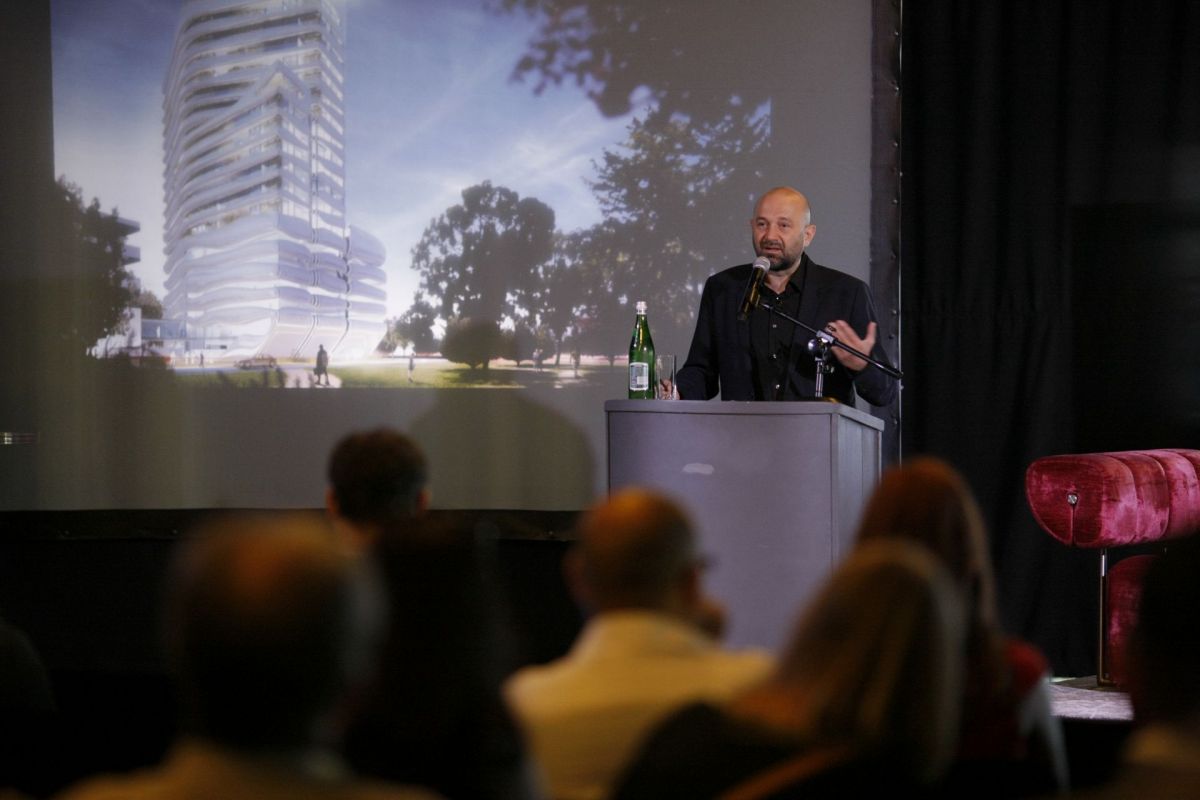





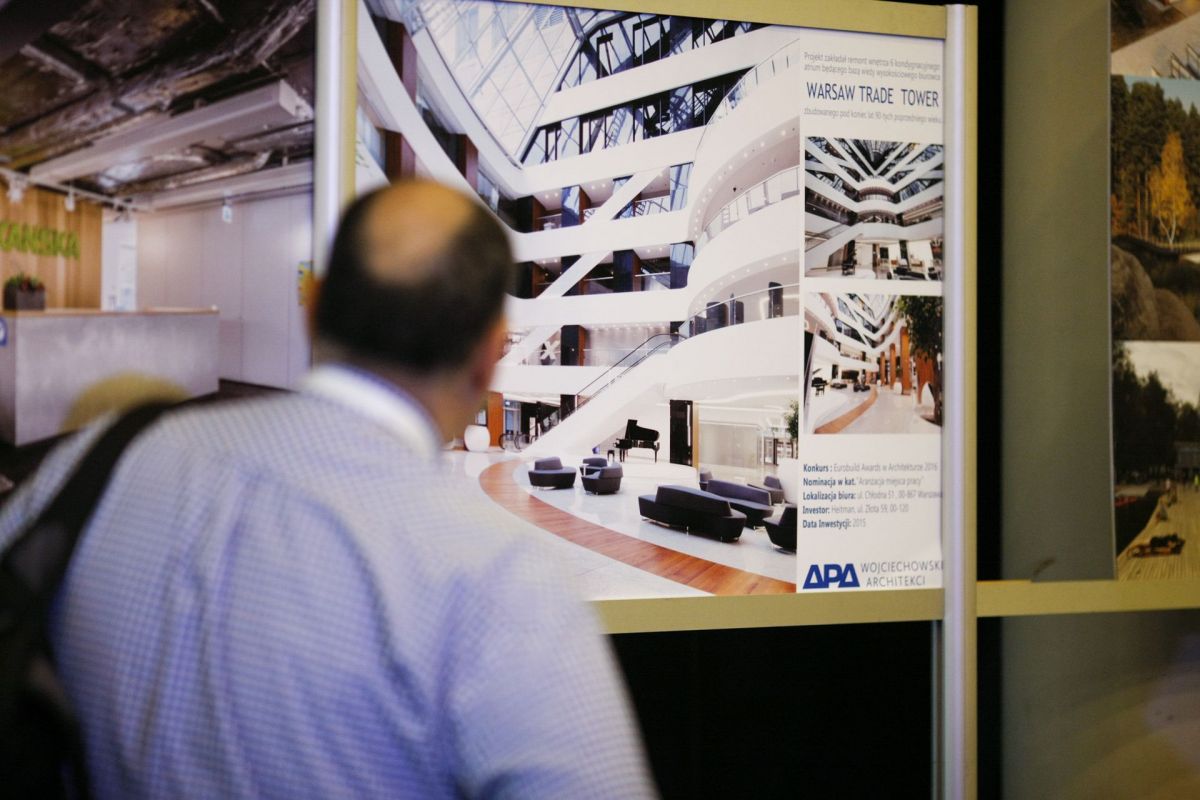




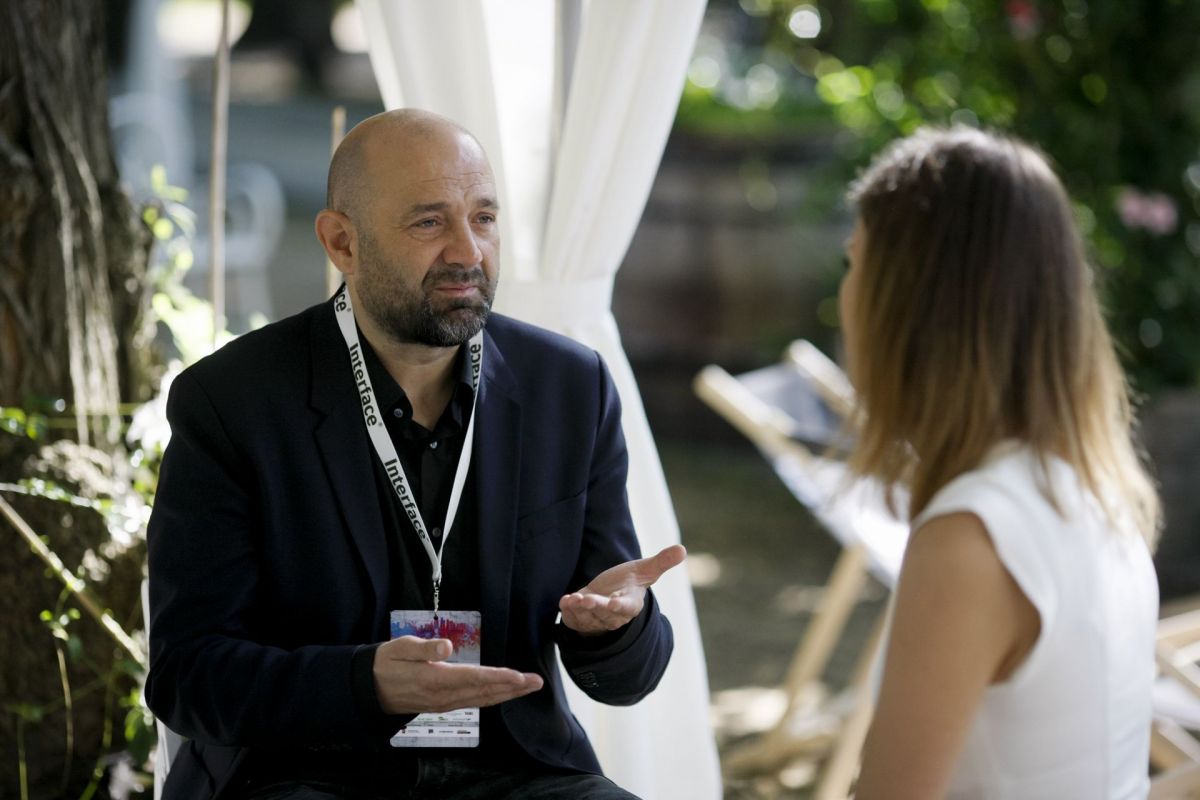



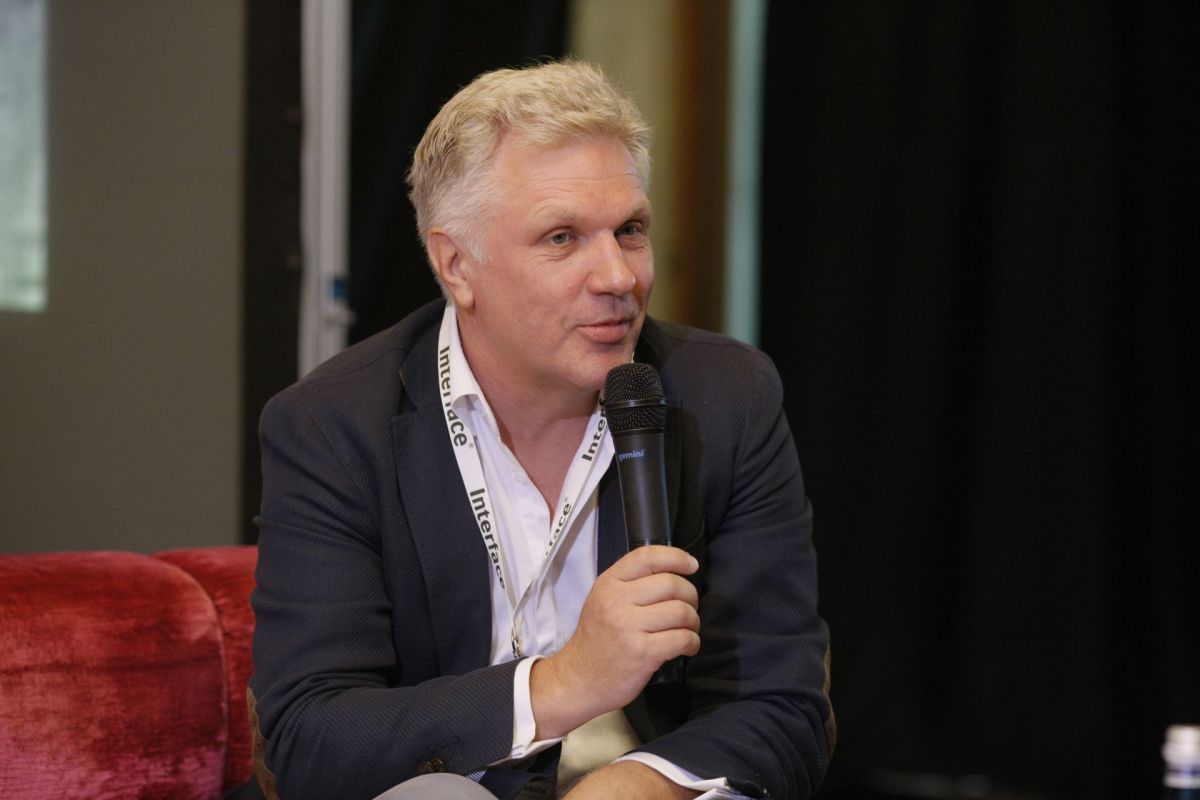



















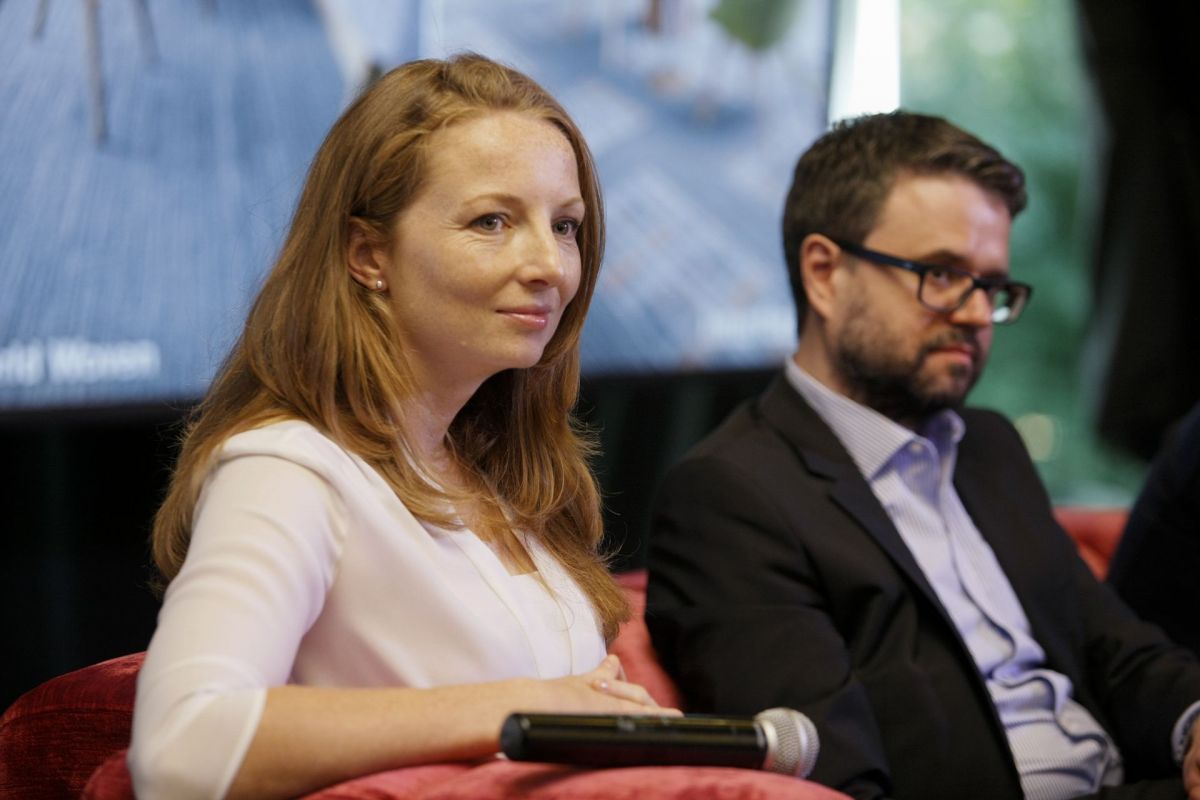

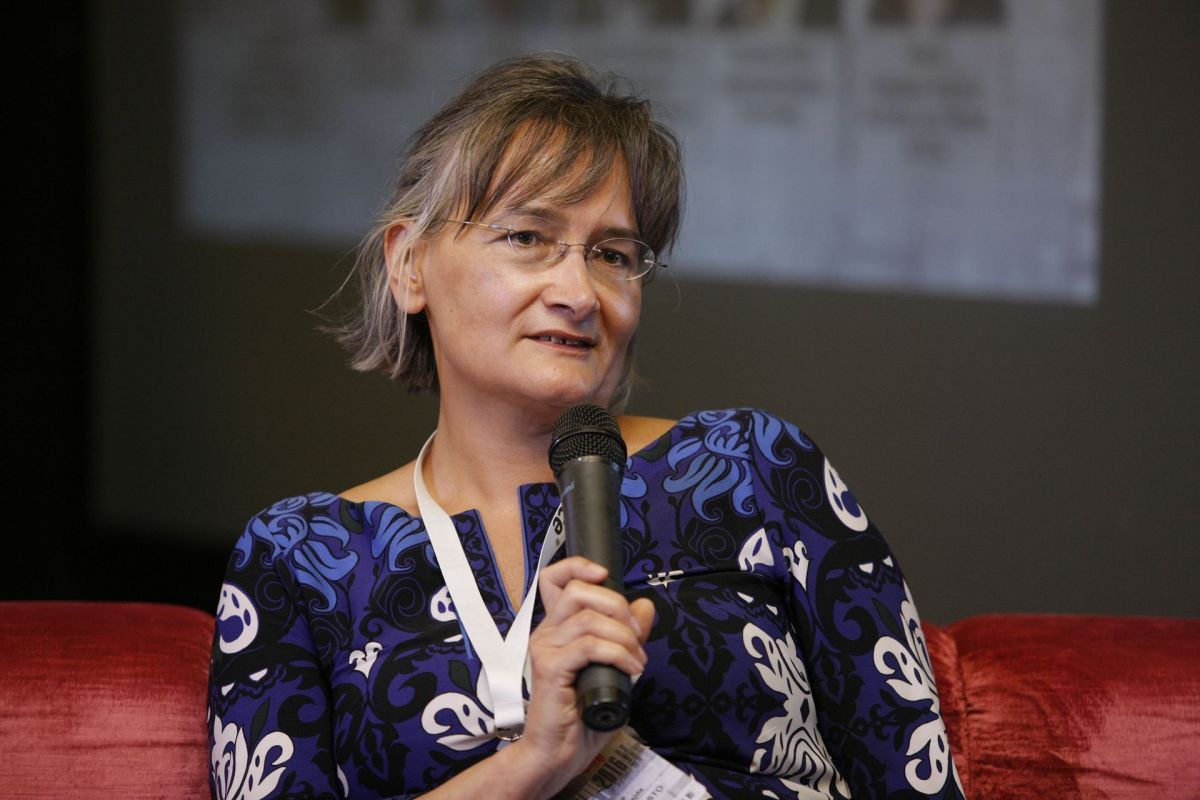









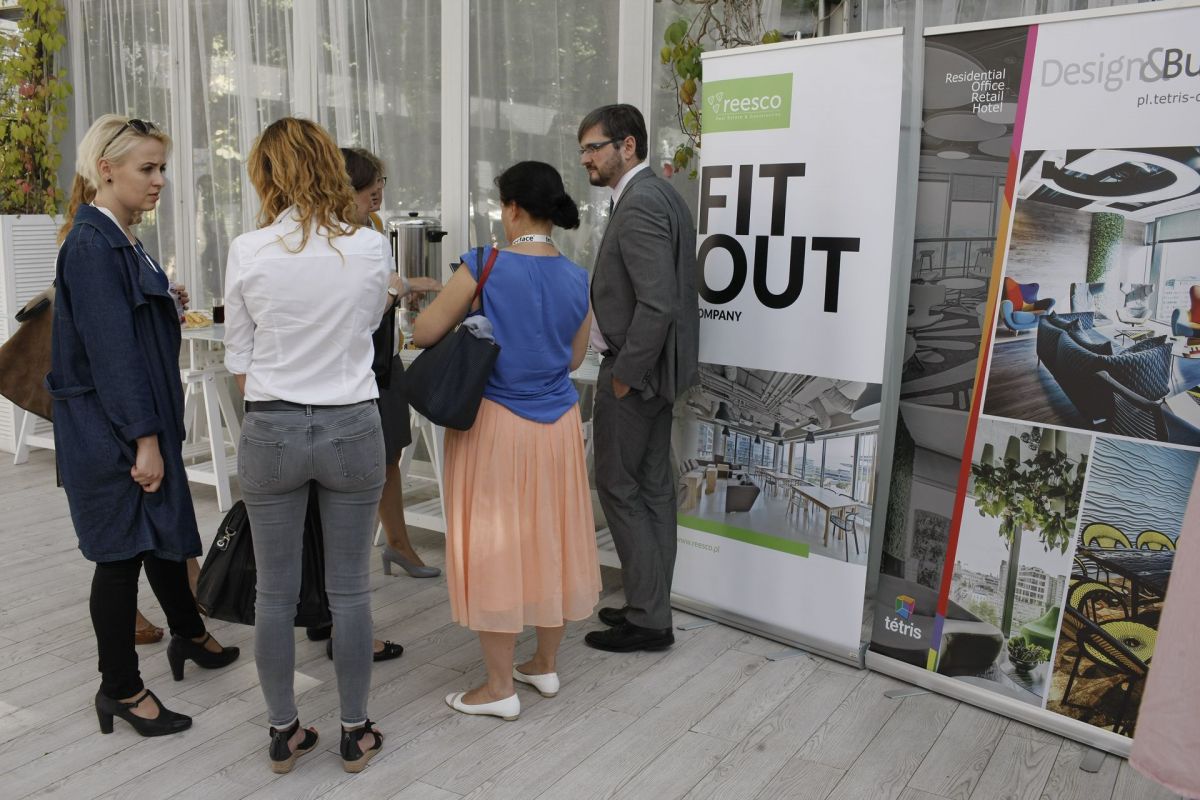

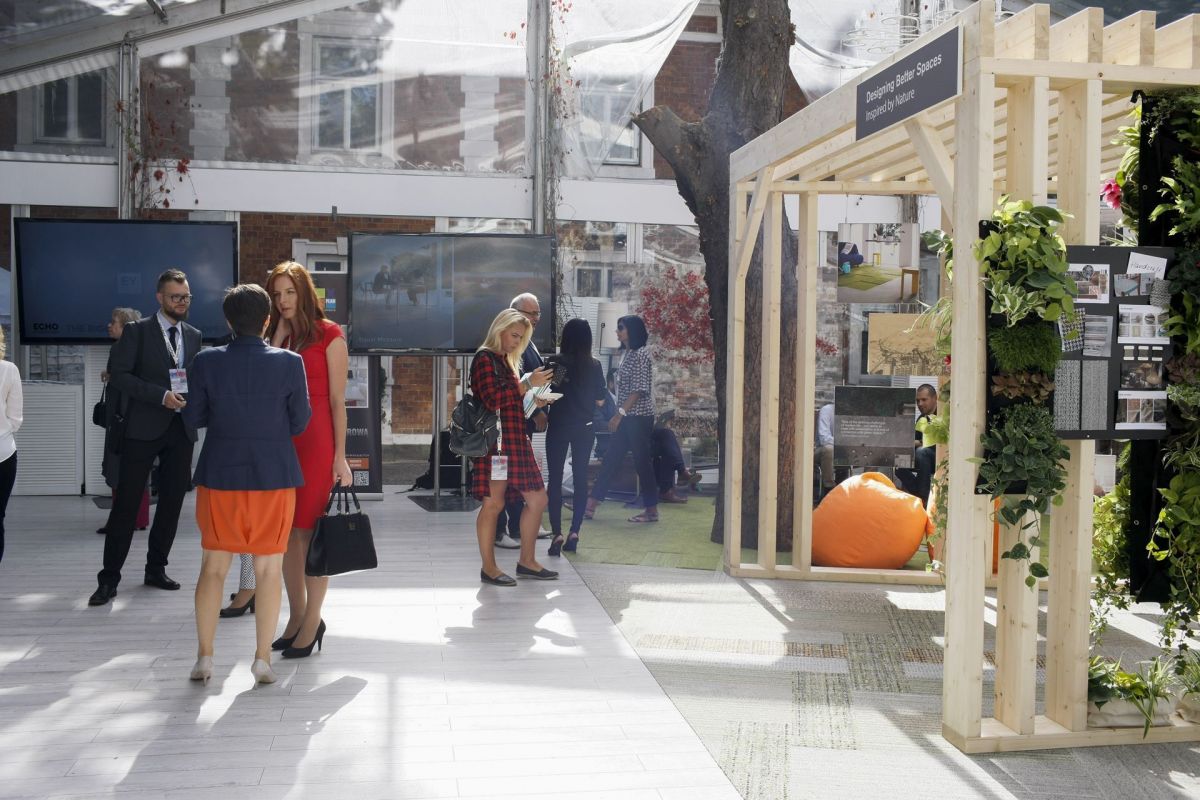
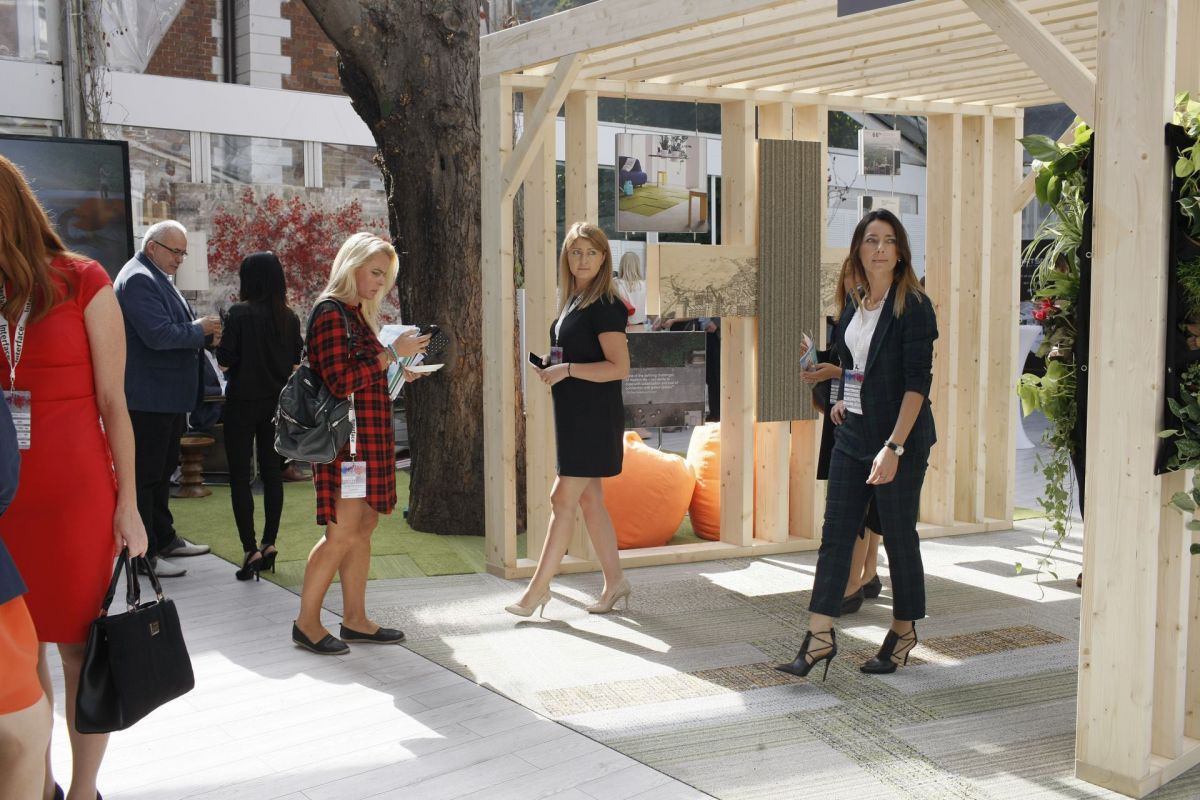






















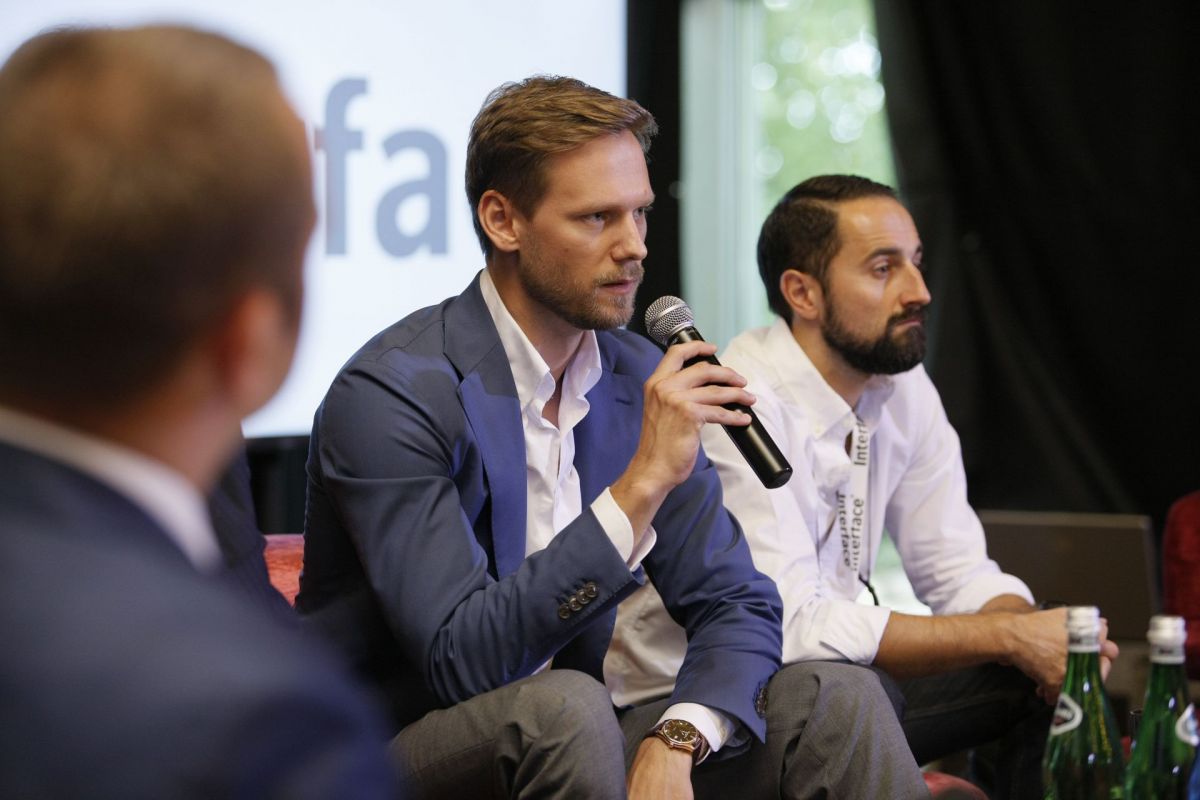




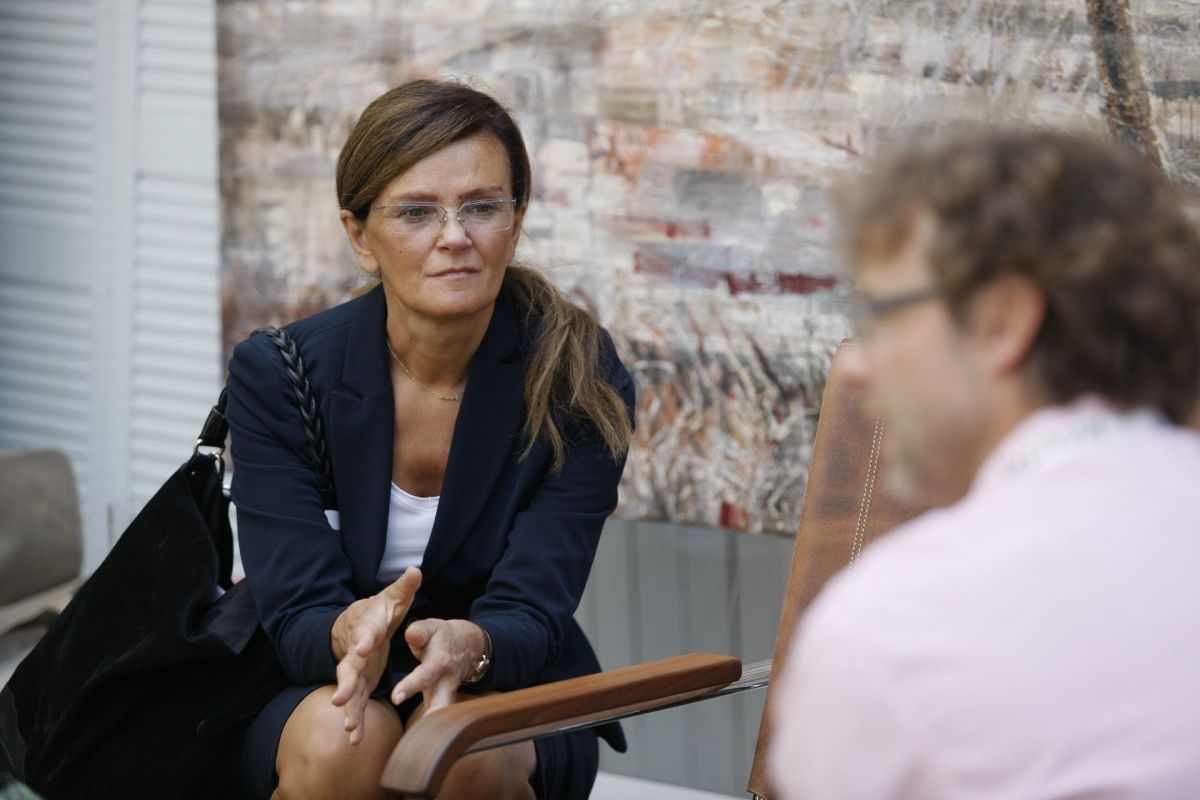











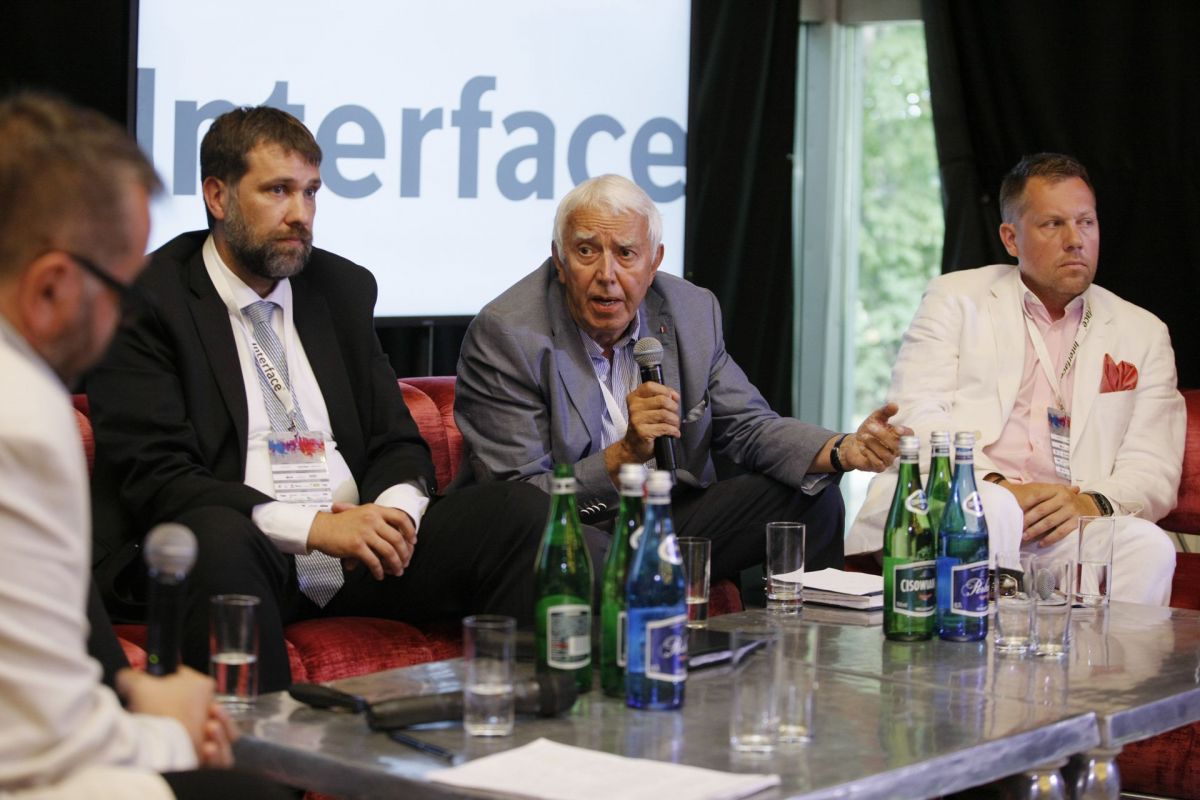























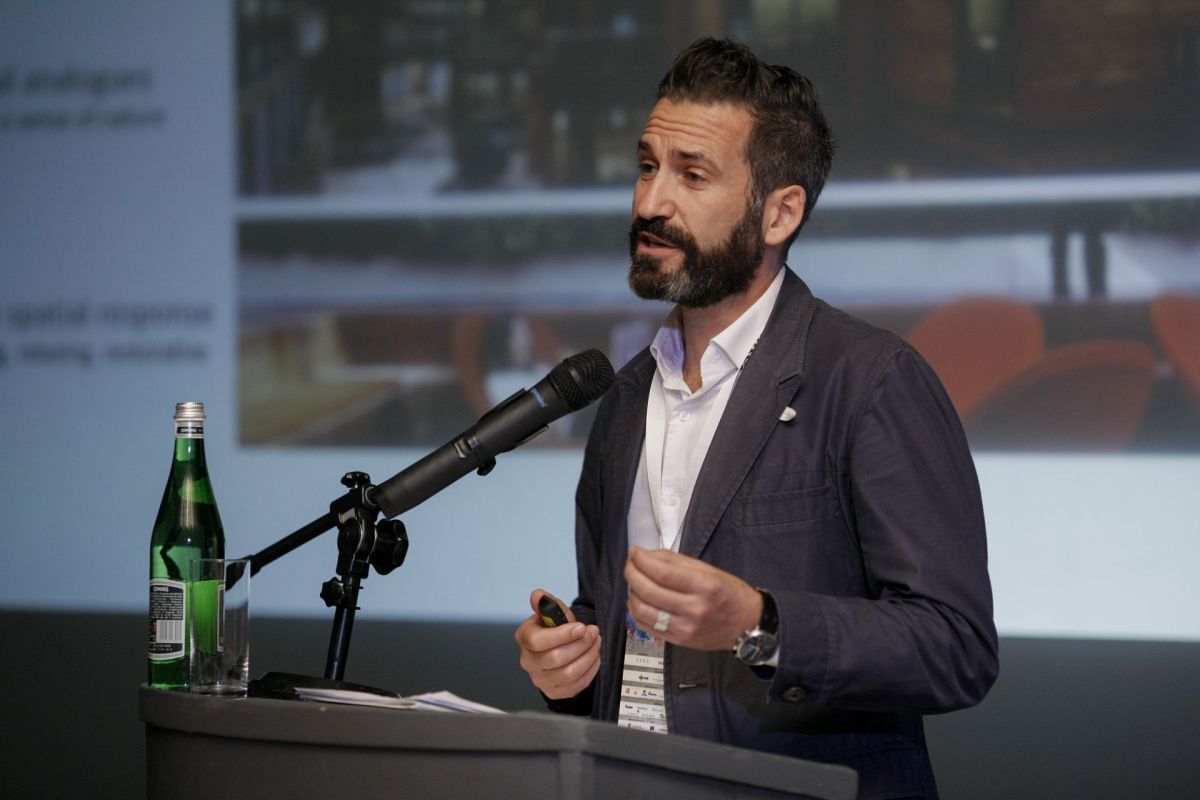








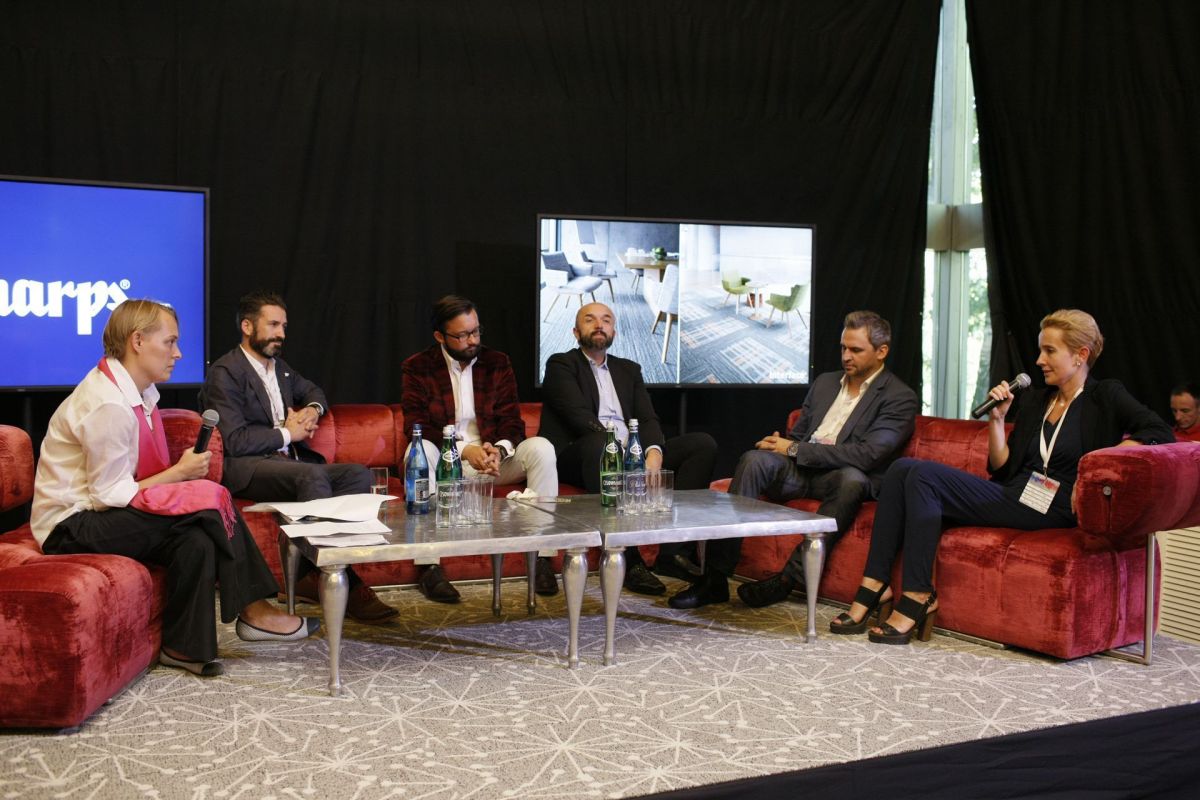






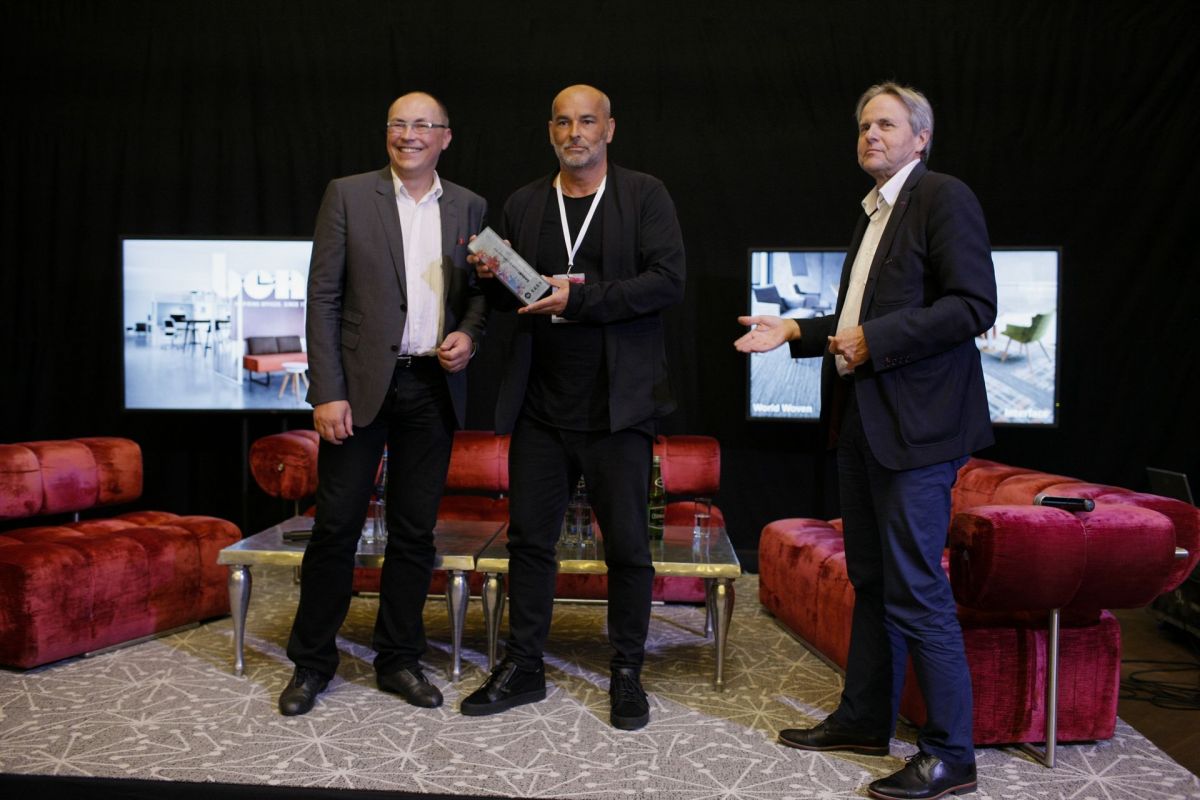
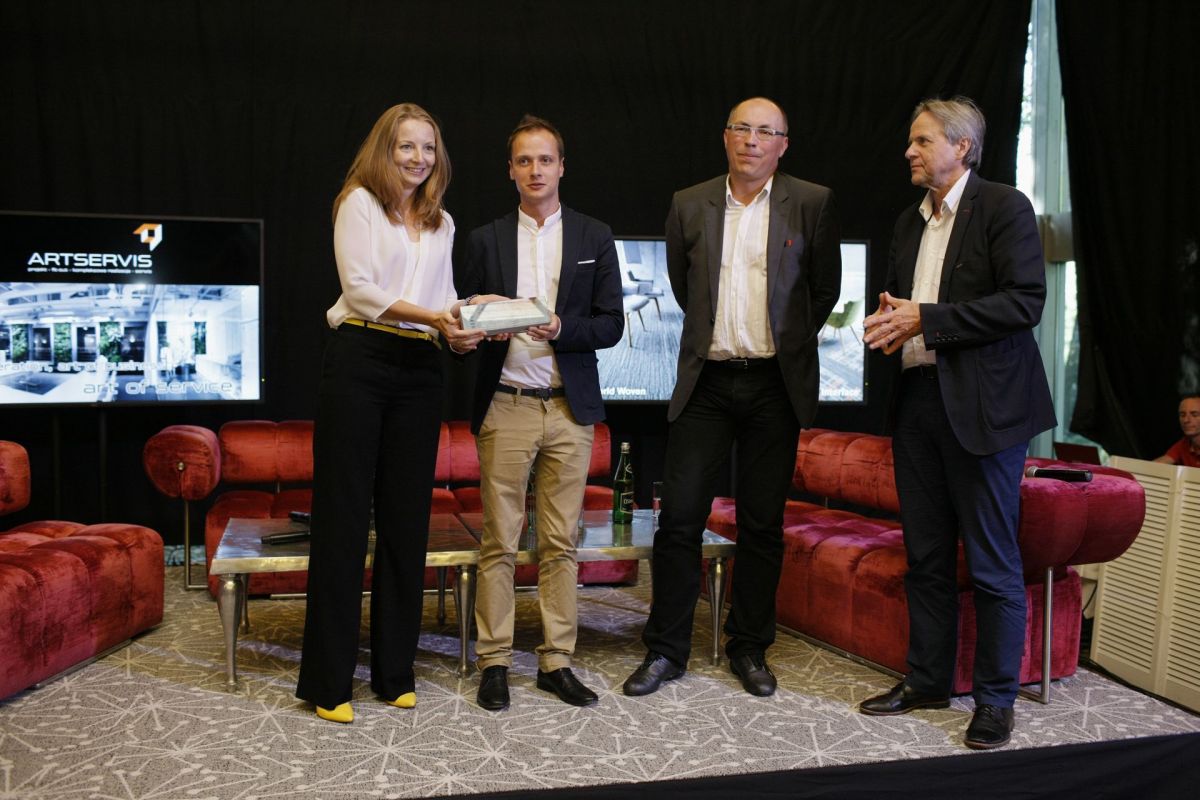







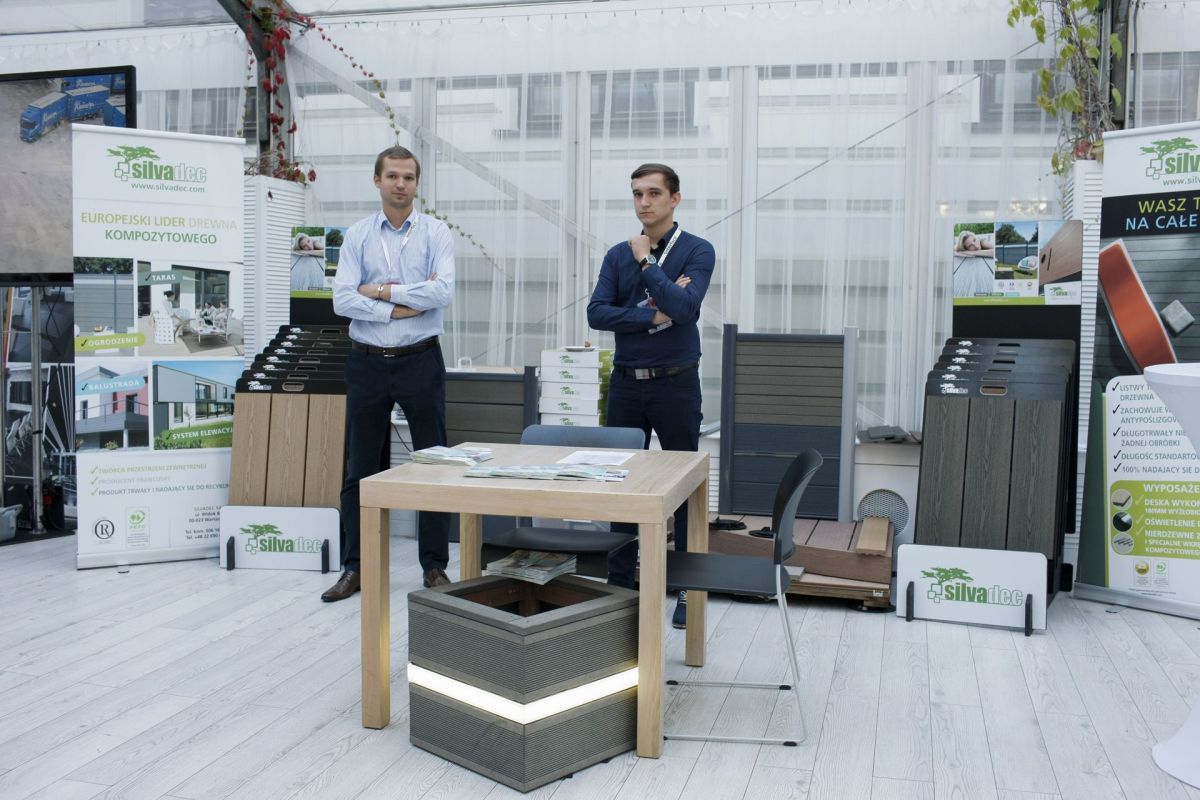



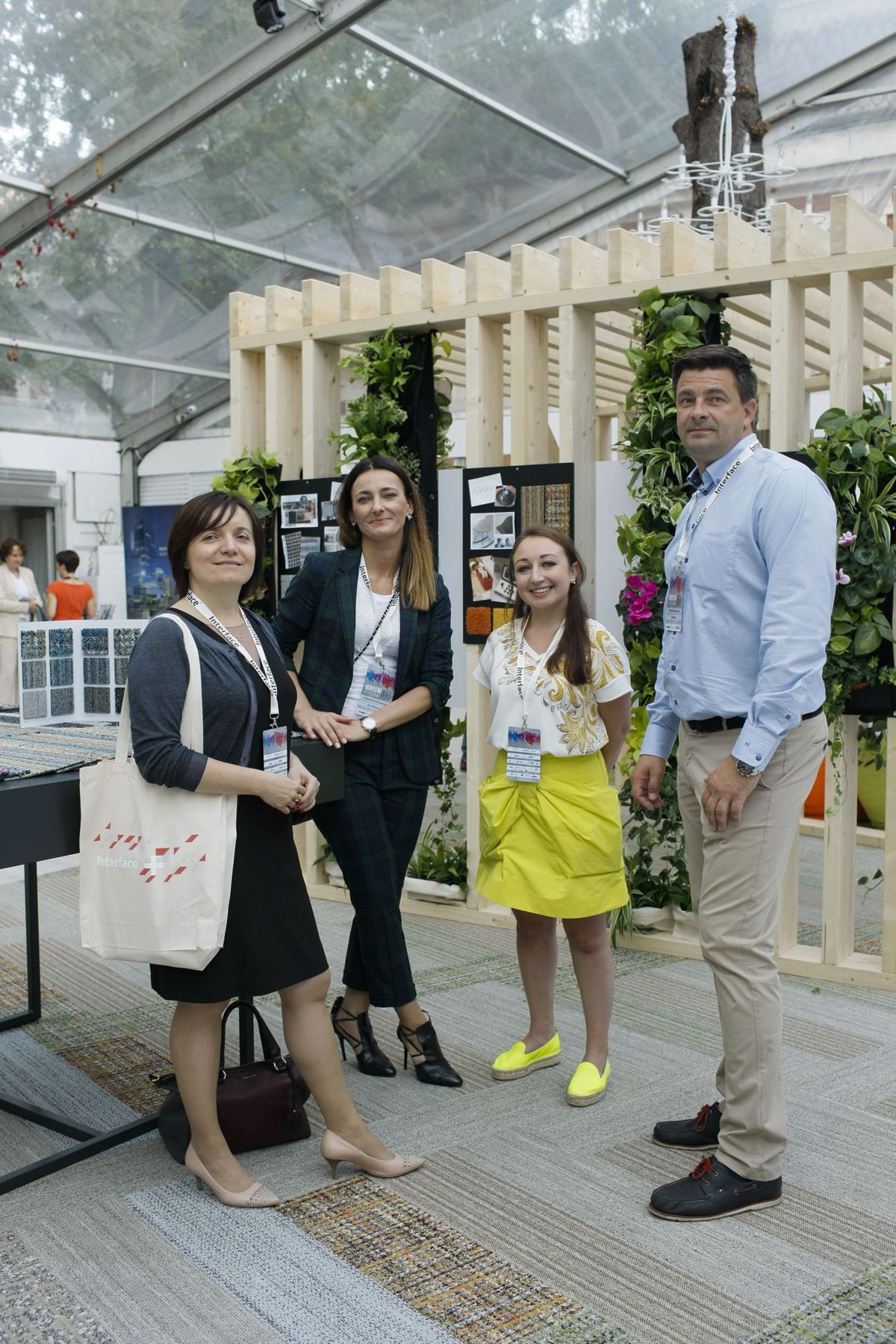


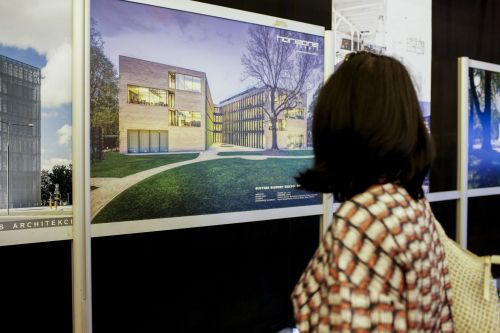








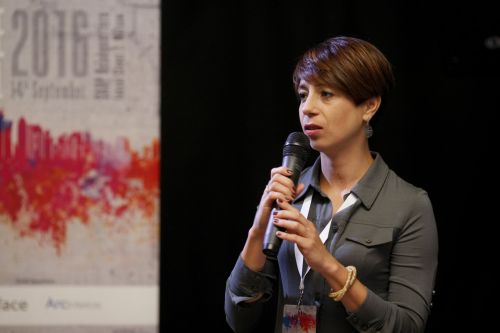


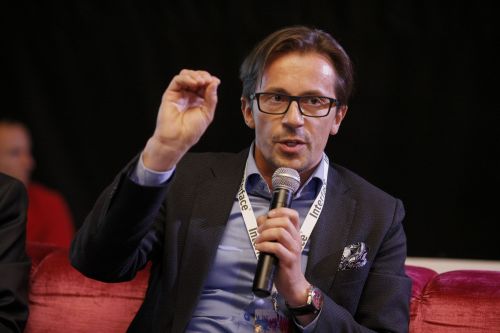



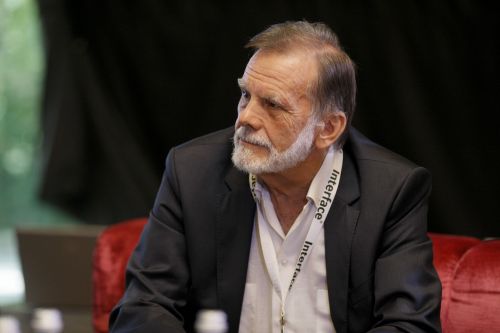








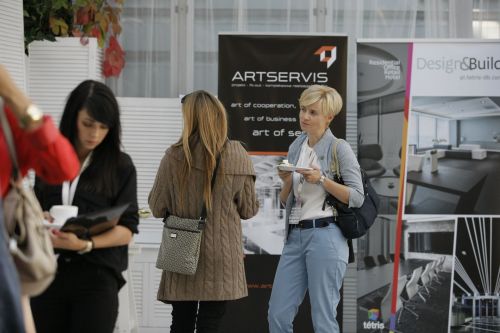







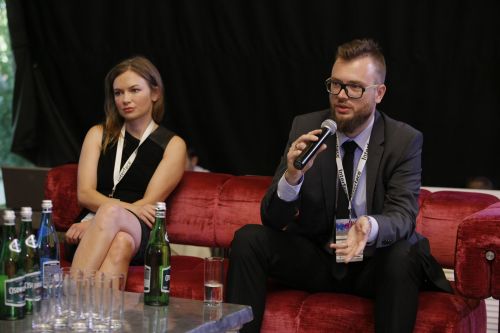













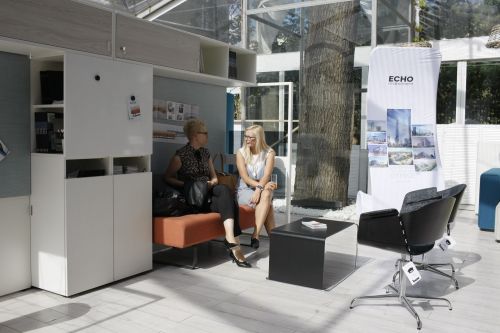








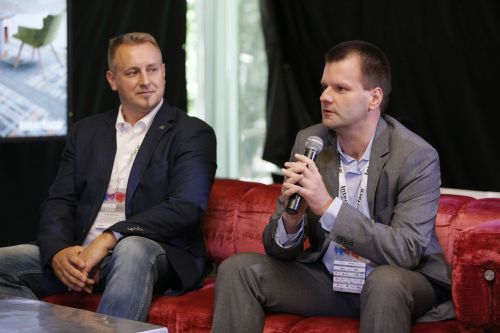
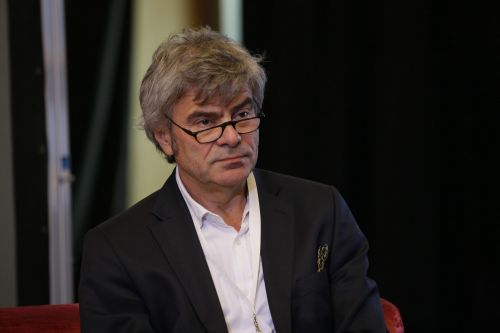











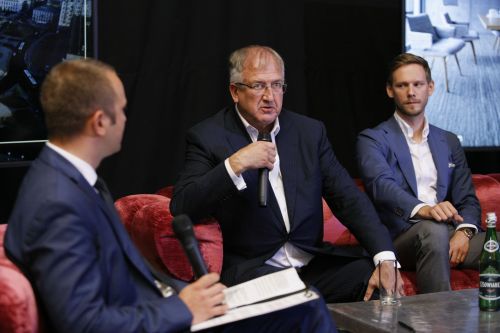
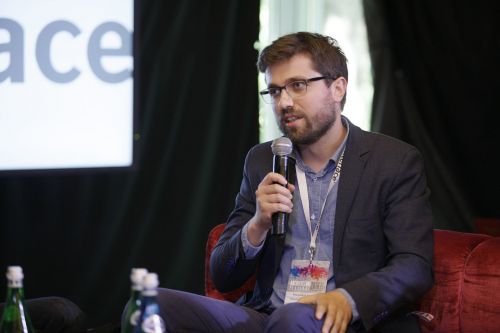







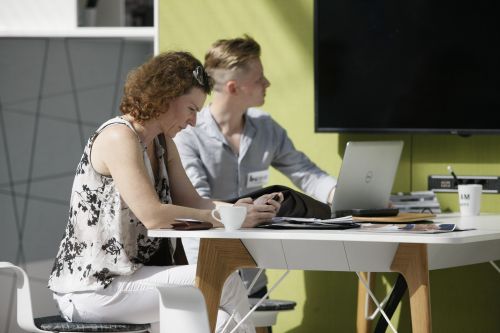




























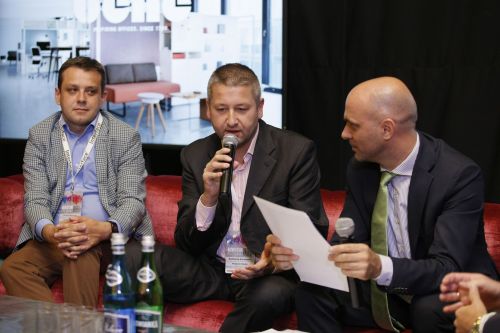






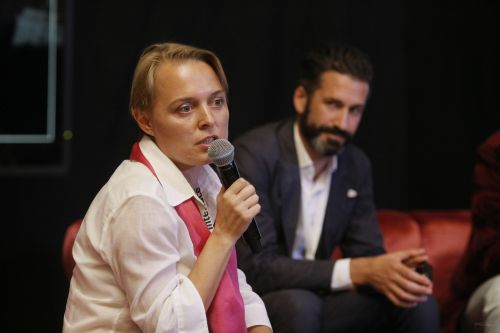













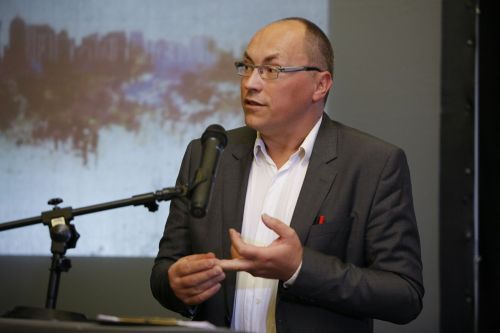





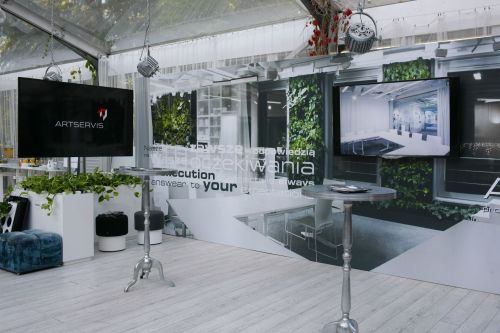





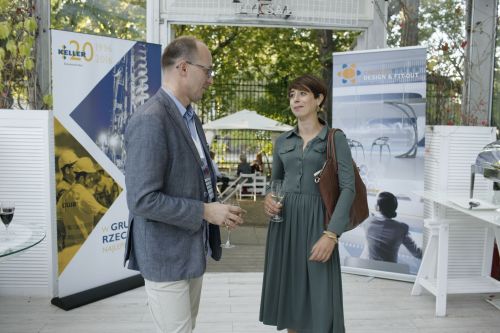


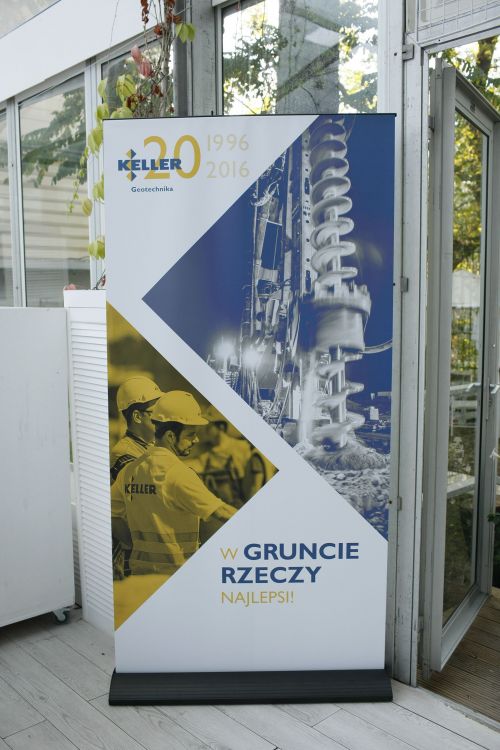
Architecture is atmosphere
A meeting of architects, developers, investors and real estate specialists – Eurobuild’s first Festival of Architecture, which took place at the Polish Association of Architects in Warsaw’s Zamoyski Palace on September 14th
Rafał Ostrowski
The festival, organised by Eurobuild Conferences with the support and patronage of the Polish Association of Architects, was the first event of its kind. “The idea for the conference came from the market, you were its originators. You are the experts who have specific needs,” declared Ewa Andrzejewska, the editor-in-chief of ‘Eurobuild CEE’ magazine, in her welcoming speech. She also emphasised the need to create a space where the development sector and architectural environments can meet and talk to each other. “The festival is a response to this need,” she said. “We hope that it will be a celebration of architecture,” Mariusz Ścisło, the president of the Polish Association of Architects, added.
Before coffee
The meeting was opened with a presentation by world-renowned German architect Jürgen Mayer, and featured a few of his studio’s ongoing projects. Furthermore, he provided a short analysis of how his most famous project – Metropol Parasol in Seville, the largest wooden structure in the world – is utilised by the local community and tourists.
A while later a discussion started on the recurring question of the role and future of architects, including how this is likely to be impacted by technological developments, some of which are set to replace aspects of their work. “You can drink an espresso from a machine or you can prepare it manually. In either case it tastes different. Investors will always need architects,” argued Gianmaria Bernardi, a partner of the Ozone architectural studio. Meanwhile Tomasz Konior, an architect and urban planner with Konior Studio, said that architecture is not the form but the atmosphere. It is about emotions, how you feel in this space. “Society is becoming increasingly sensitive to aesthetics and this will show architects the way forward,” predicted Asaf Gottesman, an architect with the GSAarch–Gottesman–Szmelcman architectural studio – a comment that seemed to be welcomed by the audience.
The subject of the second panel discussion was revitalisation. The moderator of the panel, Dagmara Mliczyńska-Hajda, an architect and the founder and president of the O! foundation, emphasised that as little as ten years ago revitalisations were never discussed at such prestigious forums. So why are they so interesting for developers? “The properties that tend to be revitalised are often situated in very prestigious locations and they are the heritage of many generations, which also increases their attractiveness,” remarked Paulina Czurak, the owner of the Ideograf architectural studio. “Revitalisation is a complicated enterprise. Public authorities should not be afraid of the involvement of the public sector. Much of our experience of this so far has been positive,” revealed Piotr Olbryś, the director of Balmoral Properties.
After coffee
After this panel the audience took a short coffee break. This was followed by another round of discussion, including a panel on trends in designing. One of the most significant trends that came up was eco-friendly construction. “Unfortunately a zero-energy house is these days often regarded as a zero-architectural house, but I hope that a more interesting approach will be adopted in the future,” opined Agnieszka Kalinowska-Sołtys, a director of APA Wojciechowski Architekci. Next it was the turn of Łukasz Ledziński, the director of the diaphragm walls department at Keller, who in his presentation detailed the most interesting eco-building methods, but in terms of engineering rather than architecture. Using real examples he outlined the sophisticated and different ways in which wall construction specialists can avoid the various risks for the builders of skyscrapers that lurk underground.
This presentation was followed by a conversation about public space – in particular, city squares. “Designing them is mostly about programming functions,” said Krzysztof Herman, a landscape architect and assistant professor at the faculty of landscaping at the Warsaw University of Life Sciences. Wojciech Nowakowski, the manager responsible for investment at Capital Park group, added that there has been a significant change in the mentality of developers when it comes to public space. Now they are thinking more in terms of creating an area around the project that would increase its value. An example of such a project is Capital Park Royal Wilanów, which was completed last year and includes sports grounds and a square with fountains. Andrzej M. Chołdzyński, an architect and urban planner at the AMC architectural studio, argued that paradoxically they built better projects in the past, whereas nowadays it’s more a case of building ‘because they can’. “Louis XVI of France was the greatest investor,” he claimed, as he displayed slides of the Versailles, among other architectural icons, to provide the audience with reference points for comparing the old and the new.
The development of public space was also discussed in the context of strategic vision and planning. Prof. Magdalena Staniszkis of the faculty of architecture at the Warsaw University of Technology made the case that only the introduction of the obligation of the free donation of land for public purposes (25–30 pct) would make public projects on so far undeveloped land worthwhile, which caused something of a stir among some of those present. “I dream of a city that is more designed and less chaotic. But the political will to realise this vision is what is missing,” complained Krzysztof Domaradzki, of the faculty of architecture at the Warsaw University of Technology. Maciej Zajdel, the managing director and a member of the board at Kulczyk Silverstein Properties, agreed: “The majority of squares in Warsaw are car parks, motorways and bus terminals,” he said. He also analysed an interesting proposal for a new concept for the development of pl. Trzech Krzyży in Warsaw. Moderator Maciej Borska, the vice-president of the Polish Association of Urban Planners, then wound up this part of the discussion by saying that it is not enough to design an area well, you also need to secure the funds for its implementation.
Lazy afternoon
The lunch break allowed the participants to take a breather after the intense morning discussions. Ideal conditions for relaxation were obviously provided by the large glazed room of the Endorfina restaurant and the pleasant garden of the Zamoyski Palace, since after an hour’s break the participants returned to the conference room slowly. This was where the ‘Smart Buildings and Smart Cities’ panel was getting underway. It was engagingly moderated by Marek Dąbrowski, the director of engineering corporation WSP Polska. He pointed out that there is no direct equivalent in Polish for the term ‘smart building’. “I would like to differentiate intelligent buildings and smart buildings. Intelligent ones react to environmental conditions, whereas smart buildings can adapt,” claimed Marek Dąbrowski. He also provided an example of a building that monitored the weather forecast and applied an appropriate heating programme that takes into consideration the heat inertia of the building. One of architects present, however, somewhat dampened the technocratic zeal with the observation that mediaeval cathedrals with 4m thick walls are also ‘smart’ because they provide a pleasant temperature of 20 degrees – even during the most oppressive heat. So maybe we should not allow ourselves to become too big-headed about modern technology?
A presentation by Oliver Heath, the founder of Heath Design, outlined the importance of natural elements in the office – flowers, natural lighting, views from the windows and natural materials such as wood in the interior design – for the well-being, work efficiency and creativity of employees. The panel discussion that followed included a question about the errors that can be made in the course of workplace creation. “Poor preparation of the strategy and research preceding this process is such an error,” pointed out Danuta Barańska, the creative director of Tétris Polska. Companies sometimes do the research but then they don’t apply it. “We have a few projects that look excellent until their first valuation. Because clients’ budgets are quite small, sometimes the positive effect is missing at the end,” added Wojciech Kaczmarczyk, a partner at Xplan. Oliver Heath claimed that you need to stress the benefits resulting from increased productivity to the client. “We need to involve everybody in the discussion, including the financial director and the head of the company. It also has to be borne in mind that technology ages and to achieve the best results it has to stand the test of time,” concluded Oliver Heath.
After the panel, which went on until late in the afternoon, awards were presented to the best projects entered in the Eurobuild Awards architectural competition. This was the first such ceremony organised by the Eurobuild media group with the support of the Associated of Polish Architects. It included six categories, the winners of which were: Tarasy Zamkowe in Lublin (Shopping Centre of the Year), the Ubiq 34 complex in Poznań (Office Building of the Year and Revitalisation of the Year), the Centrum Rekreacyjno-Sportowe sports and recreation complex on lake Ukiel in Olsztyn (Public Utility Building of the Year), the European Geological Education Centre in Chęciny (Eco-Friendly Building of the Year) and the offices of Skanska group in the Atrium 1 building in Warsaw (Workplace Solution of the Year). And the winners proudly bore their statuettes not only on the stage but also during the farewell cocktail party that brought the event to a close.









































































